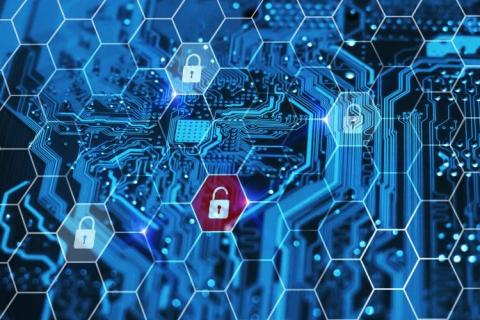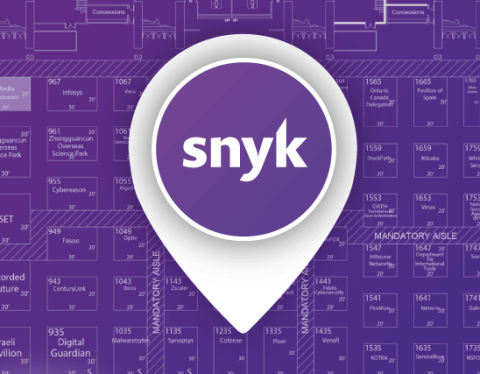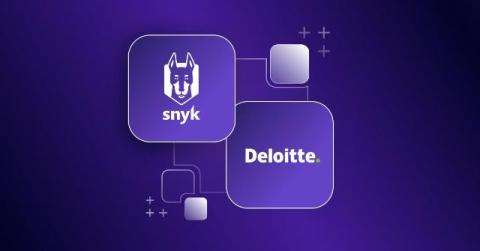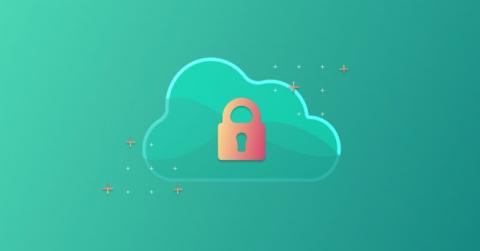Featured Post
Dumb ways to risk a data breach
There are always new ways to fall foul of a data breach, but some are easier to avoid than others. Be smart to stay secure.











